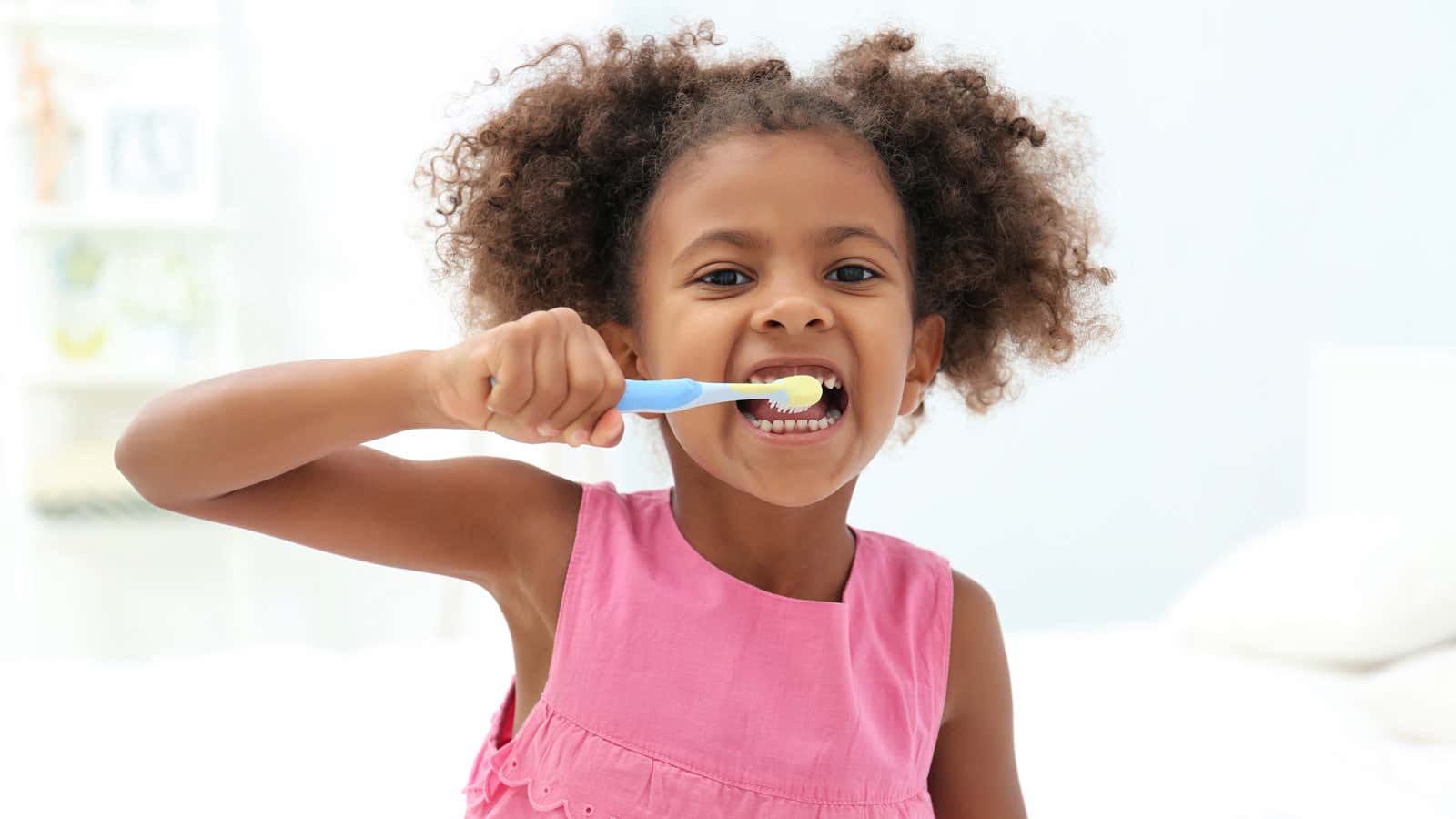What Parents Need to Know About Children’s Dental Hygiene During a Pandemic

Over the past year, we have had to scrutinize every appointment we make, every assignment we run, and every invitation we accepted or declined. It is an ongoing exercise in risk management. Is it possible that COVID-19 infection is worth keeping a steady paycheck, keeping my child at school, collecting toiletries, getting a haircut, meeting a friend?
One unfortunate side effect is that some parents choose to skip routine dental appointments in order to keep their children at home and free of germs – or find it difficult to make an appointment now due to unfulfilled visits and social distancing practices. … As CNN reports, citing research by CS Mott Children’s Hospital’s National Child Health Survey:
Since the start of the pandemic, 40% of parents have avoided seeking help altogether, citing concerns about infection, office closures and cost.
“This is not good,” said Dr. Jonathan Shenkin, a pediatric dentist and spokesman for the American Dental Association. “Failure to provide preventive care can lead to the development of dental caries in children,” he said. “The problem with tooth decay is that when it starts in childhood, it really is the strongest indicator of risk in adulthood.”
During a pandemic, it is important to have regular medical check-ups and preventive dental visits as often as possible. Plus, you should prioritize daily hygiene to keep your teeth and gums clean and healthy.
When should dental check-ups start?
You might think it’s okay to postpone your child’s first visit to your dentist until they have some real teeth that need to be checked. But the American Academy of Pediatrics and the American Academy of Pediatric Dentistry agree that children should visit their dentist when their first tooth appears or by their first birthday – whichever comes first – and every six months from now.
Even babies can develop tooth decay, according to the American Dental Association – and while these deciduous teeth are only temporary substitutes for permanent teeth that have not yet appeared, decay in deciduous teeth may mean a higher risk of decaying permanent teeth. … And in severe cases, it can affect their overall health.
Cleaning at home
In between these regular checkups, home oral hygiene is critical and challenging. There’s a reason there are endless tips , songs, and apps to help parents convince young children to brush their teeth twice a day. The reason is that two minutes (the recommended brushing time) can seem like an eternity when a young child and a toothbrush are involved.
However, if you start when their baby teeth are just starting to erupt – or even when their smile is nothing more than gums – you can develop a consistent daily routine early on. (A soft washcloth with warm water is sufficient before teething – check with your dentist when to switch to a soft-bristled kid-size toothbrush.)
The American Academy of Pediatrics and the American Academy of Pediatric Dentistry now recommend using fluoride toothpaste as soon as your teeth erupt, but don’t overdo it. The recommended amount is probably even less than you think : a tiny swab (about the size of a grain of rice) up to age three, and a pea-sized amount for children ages three to six. Until you teach them how to spit it, tilt their mouth down so that the toothpaste drips into the sink or washcloth.
The time of the day is also critical: after breakfast and before bed are ideal times to help children brush their teeth, as this will keep them clean for most of the day. It is helpful to remember that the last thing to touch your child’s teeth before bed is his toothbrush (i.e., a bottle after brushing can negate the good things you just did).
Diet is also an important component of home oral hygiene , CNN reports :
This starts with a diet that limits sugar intake, which feeds the harmful bacteria that cause tooth decay. “The only drink (children) should drink during the day is water and possibly milk,” Shenkin said.
It’s best to avoid sugary drinks entirely, he said, but if your child does drink one of them, timing matters. “If you’re going to eat it, eat it with your meal.”
The rule of touching two teeth with dental floss
You probably already know that kids need to floss too, but if you’re not sure when to start brushing, it’s easy – as soon as they have at least two touching teeth. As long as the teeth are not in contact, a toothbrush is sufficient to remove most of the plaque. Once a pair of teeth are next to each other, it’s time to pull out the dental floss.
While they are learning (or while you are still doing it for them), you may prefer to use a flosser with pre-configured threads . They are much easier to hold and control than a regular thread. They create more waste, however, so once you can switch to regular dental floss, Stanford Children’s Health suggests trying either the ‘coil method’ or the ‘loop method’.